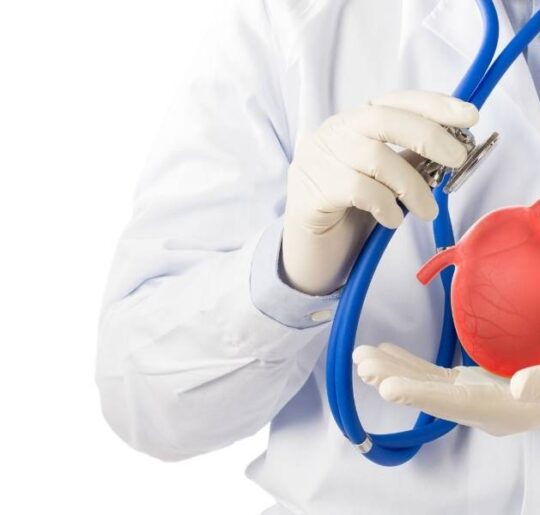Non-invasive cardiology is a branch of cardiology that focuses on diagnosing and treating heart conditions without the need for invasive procedures like surgery. It employs a range of advanced technologies and techniques to evaluate the heart’s structure, function, and blood flow, providing vital information for the diagnosis and management of cardiovascular diseases.
Diseases treated by the Non-Invasive Cardiology Department
- Coronary Artery Disease (CAD) Assessment: Non-invasive techniques like stress testing, CT angiography, and nuclear cardiology play a crucial role in diagnosing and evaluating the severity of CAD. They help determine the need for further interventions, such as angioplasty or bypass surgery.
- Valvular Heart Disease: Echocardiography is instrumental in assessing the structure and function of heart valves. It can detect conditions like stenosis (narrowing) or regurgitation (leakage) of valves, guiding treatment decisions.
- Cardiomyopathies: Echocardiography and MRI are pivotal in diagnosing and monitoring conditions that affect the heart muscle, such as hypertrophic cardiomyopathy or dilated cardiomyopathy.
- Arrhythmia Management: Electrocardiography, Holter monitoring and event monitors help in diagnosing and monitoring irregular heart rhythms. This information is vital for determining appropriate treatment options, such as medication or the placement of a pacemaker or defibrillator.
- Heart Failure Management: Echocardiography provides critical information about the heart’s pumping capacity, helping guide treatment strategies for heart failure patients.
- Preventive Screening: Non-invasive tests can be used for early detection of heart disease in individuals with risk factors, such as high blood pressure, high cholesterol, or a family history of heart disease.

